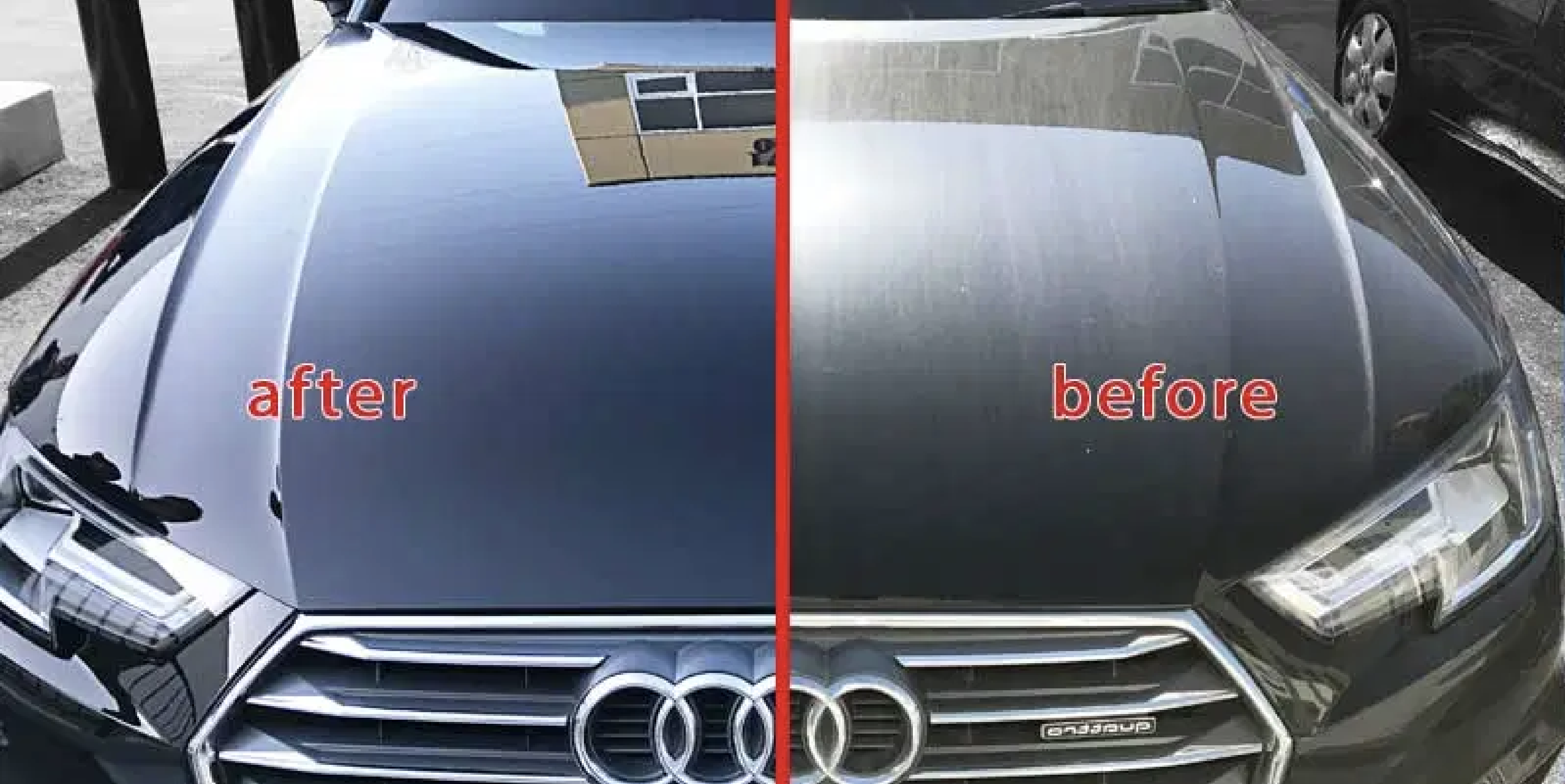Experience expert-level ceramic coating Sarasota for a sleek look.
Experience expert-level ceramic coating Sarasota for a sleek look.
Blog Article
A Comprehensive Guide to the Kinds Of Ceramic Covering on the Market
Ceramic finishings have actually arised as a pivotal service across numerous industries due to their distinct buildings and applications. As we explore the distinct attributes and applications of these finishings, the implications for performance and longevity come to be significantly noticeable, elevating concerns regarding which kind could best fit your demands.
Understanding Ceramic Coatings
Ceramic coverings are innovative protective options that have gained popularity in various industries, particularly in automotive and aerospace applications. These coatings consist of a fluid polymer that, when healed, develops a resilient, hydrophobic layer on the surface of the substrate. This layer gives boosted resistance to ecological impurities, UV radiation, and chemical direct exposure, consequently prolonging the life and aesthetic allure of the underlying material.
The fundamental element of ceramic layers is silica, which adds to their firmness and longevity. The application procedure normally includes surface prep work, application of the finishing, and curing, which can be achieved via warm or UV light. Once healed, ceramic finishes exhibit extraordinary bonding residential properties, allowing them to stick highly to a variety of surface areas, including steels, plastics, and glass.
Along with their protective attributes, ceramic finishings also supply simplicity of upkeep. Their hydrophobic nature minimizes the adherence of dirt and crud, making cleaning less complex and less constant. In general, the adoption of ceramic layers stands for a considerable innovation in surface protection technology, giving both useful and visual benefits throughout several sectors.
Kinds Of Ceramic Coatings
Numerous types of ceramic finishes are available, each made to meet certain efficiency requirements and applications - Car Detailing. One of the most common types include:
Silica-based Coatings: These layers primarily contain silicon dioxide and are recognized for their resilience and chemical resistance. They are extensively used in vehicle and commercial applications.
Titanium Dioxide Coatings: Renowned for their photocatalytic homes, titanium dioxide finishings are usually used in settings where self-cleaning and antifungal residential or commercial properties are preferable, such as in structure materials and automobile finishes.
Zirconia Coatings: Characterized by their high-temperature security and thermal resistance, zirconia layers are made use of in applications such as wind turbine engines and high-performance automobile components.
Alumina Coatings: Showing exceptional firmness and thermal stability, alumina coverings are frequently made use of in wear-resistant applications, consisting of cutting tools and commercial equipment. - Paint Protection Film
Crossbreed Coatings: Integrating the residential or commercial properties of different materials, hybrid finishes supply improved efficiency qualities, making them appropriate for distinct and requiring applications.
Each kind of ceramic covering offers unique functions, permitting individuals to select one of the most appropriate remedy based upon details environmental problems and efficiency requirements.
Advantages of Ceramic Coatings
Coatings play an essential duty in improving the efficiency and durability of surface areas throughout different industries. Ceramic layers, particularly, deal many advantages other that make them progressively preferred among suppliers and consumers alike. Among the primary benefits is their outstanding toughness. These finishes are resistant to scrapes, chemicals, and UV rays, making certain that the underlying surface continues to be safeguarded over time.
In addition to toughness, ceramic layers offer exceptional hydrophobic properties, permitting easy cleaning and maintenance. This water-repellent nature decreases the adherence of dirt, gunk, and other pollutants, which can extend the visual allure and read capability of the surface. Ceramic finishes can significantly boost thermal resistance, making them excellent for applications that withstand high temperature levels.

Application Process
When applying ceramic coatings, a thorough technique is essential to attain ideal outcomes. A clean surface area ensures appropriate attachment of the finishing.
Once the surface is prepped, the following action is to apply the ceramic finishing. This can be done using an applicator pad or a microfiber towel, making certain even protection. It is essential to operate in little areas to keep control and protect against early curing. The coating ought to be applied in thin layers, as thicker applications can lead to irregular coatings.
After application, the finish calls for a certain treating time, typically ranging from a few hours to a full day, depending upon the item. Throughout this time around, it is essential to stay clear of direct exposure to dampness or contaminants. A gentle buffing may be needed after curing to improve the gloss and get rid of any kind of high spots. Complying with these steps diligently will take full advantage of the effectiveness and durability of the ceramic coating, providing a durable safety layer for the surface area.
Upkeep and Long Life
To make sure the long life and performance of a ceramic finish, normal upkeep is necessary. Ceramic finishes, known for their longevity and safety high qualities, need particular care regimens to from this source optimize their life expectancy and efficiency.
Along with regular cleaning, routine assessments are essential. Seek signs of wear or damage, such as hydrophobic residential properties lessening or surface flaws. If needed, a light gloss might be put on invigorate the layer without stripping it away.
Furthermore, the application of a booster spray can improve the finish's hydrophobic impacts and restore its gloss. This is especially helpful for layers that have been in use for an extended duration. Ultimately, by adhering to these upkeep techniques, one can considerably prolong the life of a ceramic finishing, making sure that it proceeds to supply optimum protection versus ecological factors and preserve the aesthetic allure of the vehicle.
Final thought

Report this page